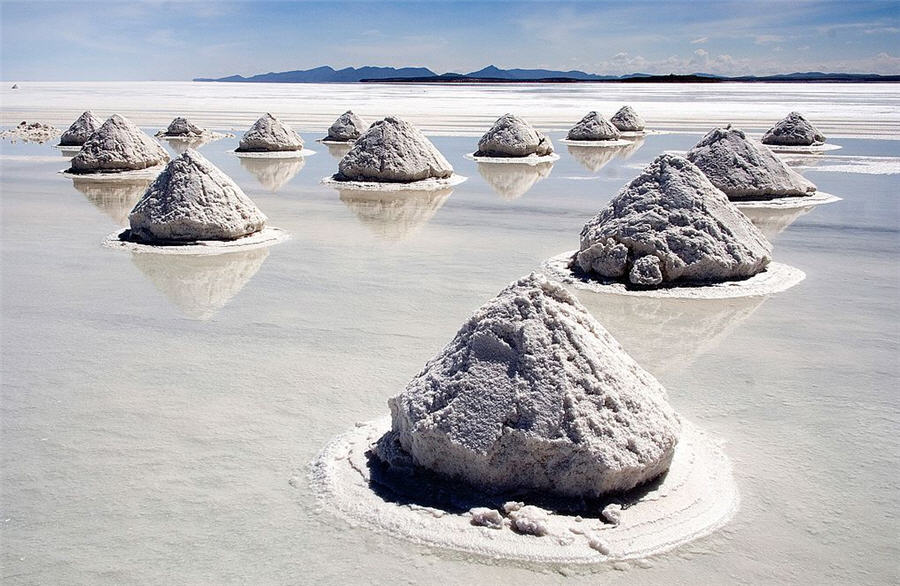
Investment in battery manufacturing plants and electric vehicle factories continues to boom around the world, but for now the market for lithium shows no signs of emerging from a four-year slump.
Prices for the raw material used in lithium-ion batteries fell again at the end of last year, according to the December price assessment released by industry tracker Benchmark Mineral Intelligence.
The Benchmark Lithium Index declined to its lowest point since January 2016 in December, down more than 36% on the start of the year. The weighted carbonate price fell to below $8,000 a tonne while hydroxide prices now average just over $10,000.
Hard rock miners have been hardest hit when the price of spodumene concentrate (6% lithium for hydroxide manufacture) fell another 3.5% during October to average $450–$510 a tonne. That is a 45% drop in the last year.
Thanks to a slew of new hard-rock mines and expansions, Australia quickly became the number one producer of lithium over South American brine producers, but the additional supply and weakening conditions in the downstream industry in China, responsible for as much as 80% of global processing, have piled pressure on prices.
Canadian lithium hopeful Nemaska has filed for bankruptcy and Australian spodumene (feedstock for lithium hydroxide) producers have trimmed expansions plans, scaled back projects, reduced output targets and mothballed mines in an effort to shore up the market, but Benchmark says cutthroat competition in China could push prices down further:
With new spodumene producers feeling the strain of lower pricing there is limited scope for further decreases, however Chinese converters are also facing an increasingly competitive chemical market.
As a result, industry participants are expecting further pressure on prices at the start of 2020, which could threaten the future of higher-cost suppliers.
Comments
Post a Comment